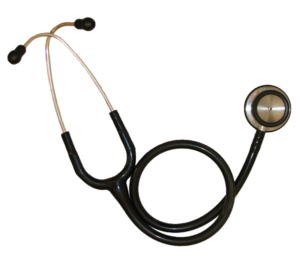 This is great to hear for those younger and wondering about life for those in their 70s and 80s. A total of 6,201 people between 50 and 90 years old were surveyed in this study.From Science Daily:
This is great to hear for those younger and wondering about life for those in their 70s and 80s. A total of 6,201 people between 50 and 90 years old were surveyed in this study.From Science Daily:
Love and intimacy in later life: Active sex lives common in the over 70s
Older people are continuing to enjoy active sex lives well into their seventies and eighties, according to new research. More than half (54%) of men and almost a third (31%) of women over the age of 70 reported they were still sexually active, with a third of these men and women having frequent sex -- meaning at least twice a month -- according to data from the latest wave of the English Longitudinal Study of Ageing (ELSA).
It is the first study on sexual health of its kind to include people over the age of 80 and uncovers a detailed picture of the sex lives of older men and women in England, finding that a sizeable minority remain sexually active in their old age. Contrary to popular misconceptions, it finds that overall health and conflicting partnership factors were more closely linked to decreasing sexual activity and functioning, rather than simply increasing age.
Problems most frequently reported by sexually active women related to becoming sexually aroused (32%) and achieving orgasm (27%), while for men it was erectile difficulties (39%).
Chronic health conditions and poor self-rated health seemed to have more obvious negative impacts on the sexual health of men compared to women.Men were more concerned about their sexual activities and function than women and, with increasing age, these concerns tended to become more common. Sexually active women were less dissatisfied with their overall sex lives than men, and also reported decreasing levels of dissatisfaction with increasing age.
The study also found that many septuagenarians and octogenarians were still affectionate towards their partners, with 31% of men and 20% of women reporting frequent kissing or petting. Among those who reported any sexual activity in the past three months, 1% of men and 10% of women reported they felt obligated to have sex.

 Finding an increased risk of dementia and Alzheimer's with so many common over-the-counter medications such as
Finding an increased risk of dementia and Alzheimer's with so many common over-the-counter medications such as  I feel like I'm posting the same thing over and over as study after study finds the same or similar results. Bottom line: sitting much is bad for health, so get up and move (walks are good). The more you move or exercise, the better for health.
I feel like I'm posting the same thing over and over as study after study finds the same or similar results. Bottom line: sitting much is bad for health, so get up and move (walks are good). The more you move or exercise, the better for health. Nowadays many medical societies do NOT recommend annual physicals for healthy adults.
Nowadays many medical societies do NOT recommend annual physicals for healthy adults.